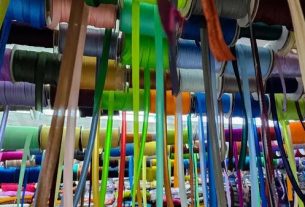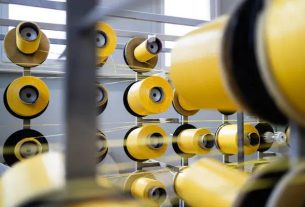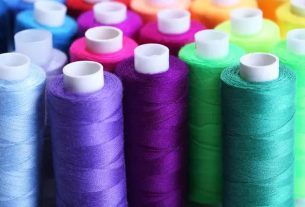The evolution of lightweight textiles for hot climates has been a game-changer in the world of fashion and fabric technology. The development of these textiles is a testament to human ingenuity and adaptability, as we have continuously sought ways to make our lives more comfortable even in the harshest conditions.
Historically, people living in hot climates relied on natural fibers such as cotton, linen, and silk. These materials were revered for their breathability and moisture-wicking properties. However, they had certain limitations – they could be heavy when wet, took time to dry, and required significant care during washing.
In the early 20th century came the advent of synthetic fibers like rayon and officialluxgroup.com polyester. These materials offered an alternative to traditional fabrics with their durability and easy-care properties. However, they lacked breathability which made them less suitable for hot climates.
The real breakthrough came towards the end of the 20th century with advancements in textile technology leading to high-performance synthetic fibers designed specifically for extreme weather conditions. Microfiber technology emerged as a promising innovation that allowed fabrics psychiclegits.com to be lighter yet durable while providing superior moisture management capabilities.
These new-age materials were not only lightweight but also incorporated special features such as coachrockapparel.com UV protection, antibacterial properties, and quick-drying abilities. Some even had cooling technologies embedded within their structure that actively lowered body temperature by dissipating heat away from the body.
One standout example is Coolmax fabric which was developed using specially engineered polyester fibers to improve “breathability” compared to natural fibers. It’s designed to wick moisture away from the skin through capillary action and increased evaporation over a larger surface area.
Today’s market offers an array of options including bamboo fiber known for its softness and coolness; Tencel Lyocell derived from eucalyptus trees offering great strength along with cooling properties; Supima cotton recognized for its auntiepastoskunia.com extra-long staple fiber contributing superior softness without compromising on breathability.
The evolution of lightweight textiles for hot climates is an ongoing process with continuous research and development. New technologies such as nanotechnology are being explored to further enhance the datahongkongpools.com properties of these fabrics. For instance, embedding nanoparticles into fabric fibers could potentially improve niralatimes.com UV protection and antibacterial properties while maintaining lightness and breathability.
In conclusion, the trustland-senegal.com journey of lightweight textile evolution has been marked by a blend of science, technology, and creativity. It has not only made life in hot climates more bearable but also opened up new possibilities in various sectors including sportswear, military gear, outdoor equipment among others. As we move forward, thebusinesspot.com it’s exciting to think about what next revolutionary innovation awaits us in this field.




